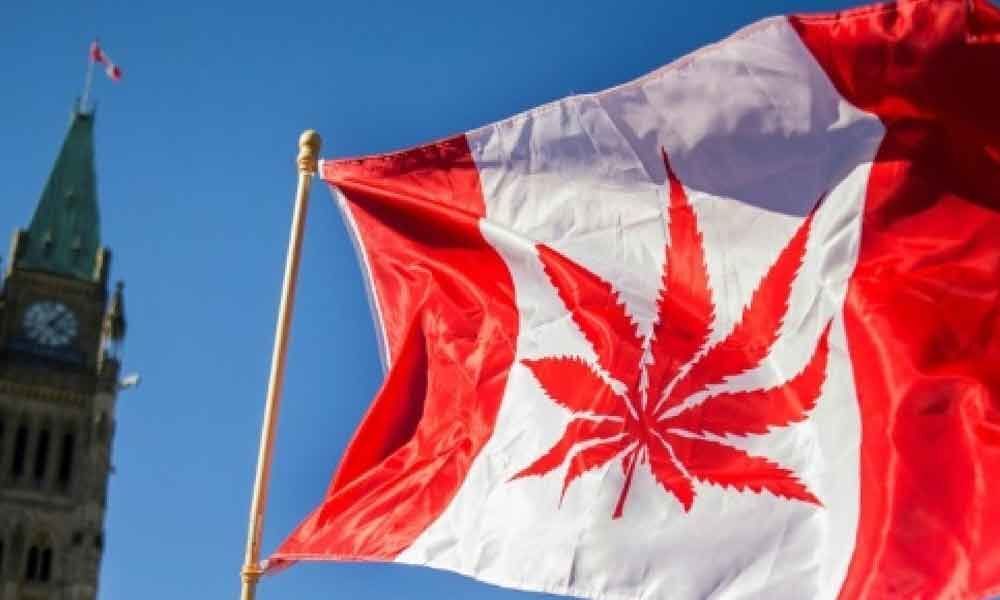First-time pot users on the rise in Canada since legalisation

The number of people in Canada using pot for the first time has nearly doubled since the drug was legalised in October, a government study says.
Montreal: The number of people in Canada using pot for the first time has nearly doubled since the drug was legalised in October, a government study says.
The National Cannabis Survey, which covered the first quarter of this year and was released Thursday, found that 18 percent of Canadians aged 15 or older say they have tried marijuana, compared to 14 percent in the same period of last year, Statistics Canada reported.
Some 646,000 said they have tried it for the first time, nearly twice as many as the 327,000 in the same stretch of last year.
Those most likely to give it a go for the first time were men aged 45 to 64.
"Some of these new cannabis consumers were first-time users, while others were former cannabis users who tried cannabis again post-legalization," Statistics Canada said.
This increase will be closely monitored in the coming months, to determine whether it can be attributed to a short-term spike in interest in a newly-legal substance or is the beginning of a longer-term trend.
Pot use is more common among men than women -- 22 percent versus 13 percent -- and it is more popular among younger people.
Nearly one in three of those who say they use marijuana is 15 to 24 years of age.
"Daily or almost daily cannabis use remains unchanged, while weekly and occasional use increases," the report also stated.
One of the goals of this pet project of Prime Minister Justin Trudeau was to wipe out illicit drug dealing.
And initial figures suggest success: their share of total marijuana sales seems to be dropping.
"Fewer users reported obtaining cannabis from illegal sources (such as a dealer) in the first three months of 2019 (38 percent) compared with the first quarter of 2018 (51 percent)," the study said.
"Daily or almost daily cannabis use remains unchanged, while weekly and occasional use increases."
As 2018 began, only pot for medicinal purposes was legal. That has been the case since 2001 in Canada but sales for this purpose are miniscule.
One of the worries prompted by the legalization for recreational purposes was that more people would drive while stoned.
The study found that the percentage of those polled who reported driving a car less than two hours after smoking pot is stable at 15 percent.
Around 20 percent of those who said they drove after consuming cannabis said they had also taken alcohol.
That's about 123,000 people, or three percent of marijuana users with a valid driver's license.
"Consuming both substances is considered to be a particularly risky combination while operating a motor vehicle," the study noted.
Canada's legalization of pot for recreational purposes made it the second in the world to do so, after Uruguay.















